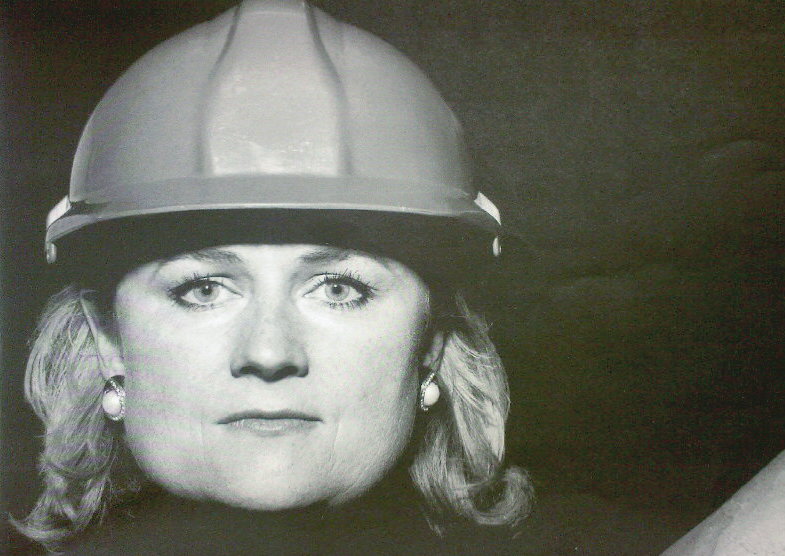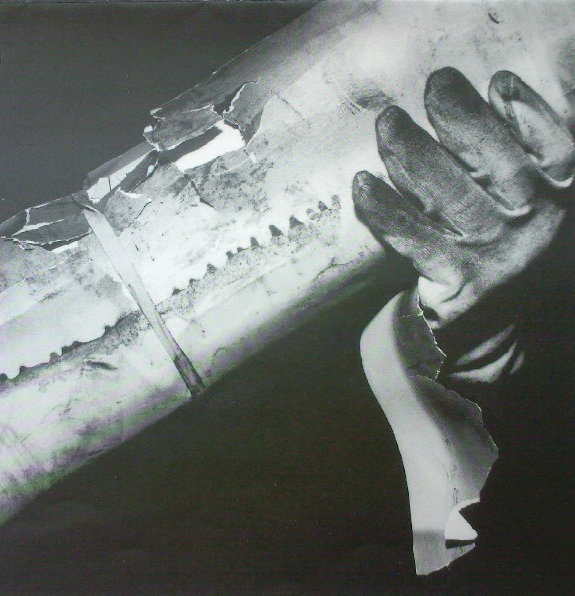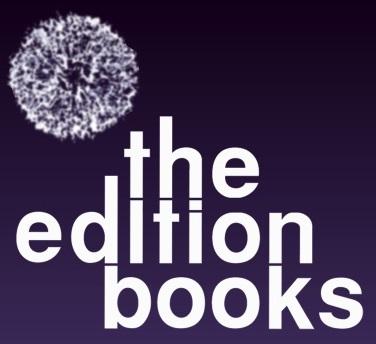<S*O*S book rescue>
<When your library has a flood, who ya gonna call?>

It's hard to visualise the unglamorous world of document salvage when you're brunching with Georgine Thorburn at a glamorous
‘We're currently working with a civil engineering firm,’ she tells me. ‘They had a major fire gutting one third of their office and leaving the rest heavily smoke damaged. We got the call out two days ago, held a crisis meeting with the management, then went into a frantic pace to get the rescue team together and fitted out with all the right health and safety equipment.’
The right safety gear means masks, hard hats and white overalls marked Document SOS, the name of Georgie’s company, while her team includes leading paper conservationists and art specialists. Chalk and cheese, you’d think. ‘But when you have a big fire like this’, Georgie points out, ‘it’s all hands on deck.’
‘One day we could be called to a sixteenth century archive, restoring irreplaceable antiquarian books. Then it could be a merchant bank. We’ve been involved in all three City bombs. Our work is varied. The other day we were called to a nuclear power station to sort out a mould problem in their ultra sensitive record store. None of the documentation could come out, of course, so we had to do everything on site.’
With water damage, the books swell, the sewing starts to split and before you know it there’s no book
The clients needs vary too, and aside from books the range of restorable artefacts includes videotapes, artwork, magazines, scripts, and audiospools. ‘We're working on a copy of a mustering roll from the American Civil War and a letter with John Lennon’s signature on.’
‘Everything has to be handled according to what it is, and labelled as to where it came from. People rarely have a floor plan, so we have to do that, detailing where each desk and filing cabinet was. Clients will often request specific legal documents because they need them very quickly. We need to know exactly where everything is.’
‘The criterion for a job depends on its content. For a public library, it is imperative that the books are back as clean as new. We remove all the smoke, smell and acidic residue. One librarian said to me, I want my books back in a condition I can go to bed with.’
The Document SOS, portfolio makes impressive viewing. ‘Before’ shots of arson damaged books are compared with seemingly impossible mint condition ‘after’ shots. Paper work glued together by water ends up in better order than my in-tray.
‘With legal business documentation, the criterion is usually to have it in a readable and useable order. But you have to he careful. You can’t use chemicals that will deteriorate the paper if the document has to last the lifespan of the company.’
Business continuity planning for hard copy is currently an in-topic but Georgie is incredulous about much of the misinformation. ‘There are booklets that recommend human chains to retrieve historic material. I mean, that just doesn’t happen. You can’t remove a book the size of a table this way. Try to and it causes more damage.’
‘The practical world is very different,’ she says. 'If you have a fire, you contact your insurance company, they contact the loss adjuster and the salvage work waits while the money is counted. But it's important that the adjuster has the means to say “Do it: start the salvage”. It’s a bit like Countdown. We’re against the clock. When there’s water damage, the books swell, the sewing starts to split and before you know it there’s no book. We need to get there quickly and freeze the material to halt the damage and prevent mould growth. Then you can buy as much time as you want for insurance queries.
Document SOS has virtually unlimited frozen and chill storage, as well as an enormous dry fast chamber based on select air-drying methods that can accommodate 70 crates a week. Georgie, and two fellow students from
99% of material can be restored to how it was before the incident
‘A lot of it was trial and error. The field is so new – it really only started in the 1970s. Occasionally I wonder how to approach a situation so I still consult with my old tutor, Bill Topping. I also keep in contact with fellow students who have all ended up in very interesting places. We have reunions and swap advice on salvage. There’s a liberal exchange of information, which is very important for progress in this field.’
‘I fell into the Conservation course by fluke,’ she recalls, laughing. ‘At school, I'd always managed to limbo dance under the fence of physics, chemistry and biology. Suddenly, a third of my course was chemistry. I didn’t even know the difference between an atom and a molecule. It wasn't so much a learning curve as a learning vertical.’
‘At the end of four years, disaster planning was becoming a buzzword. I had submitted my thesis on a small brewery museum in Hertford. Then
‘The work is all consuming, it takes all of my life,’ Georgie says, ‘but it gives me huge satisfaction to see distressed clients, who think their living has gone out of the window, realise that 99% of the material can be restored to how it was before the incident. I guess that makes me the Mother Theresa of the document world.

